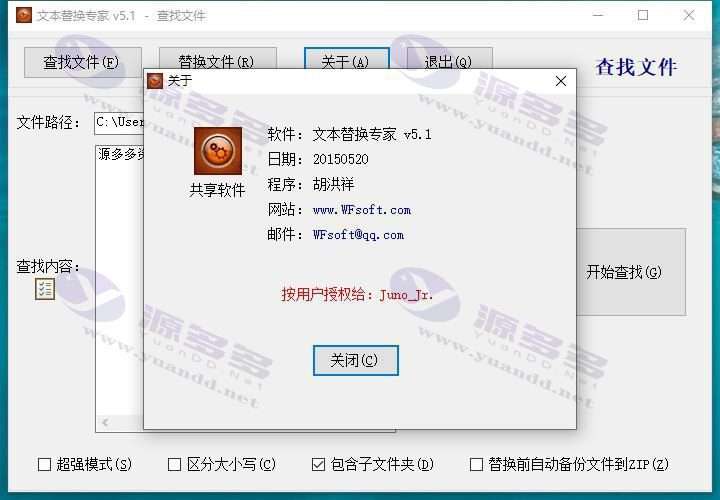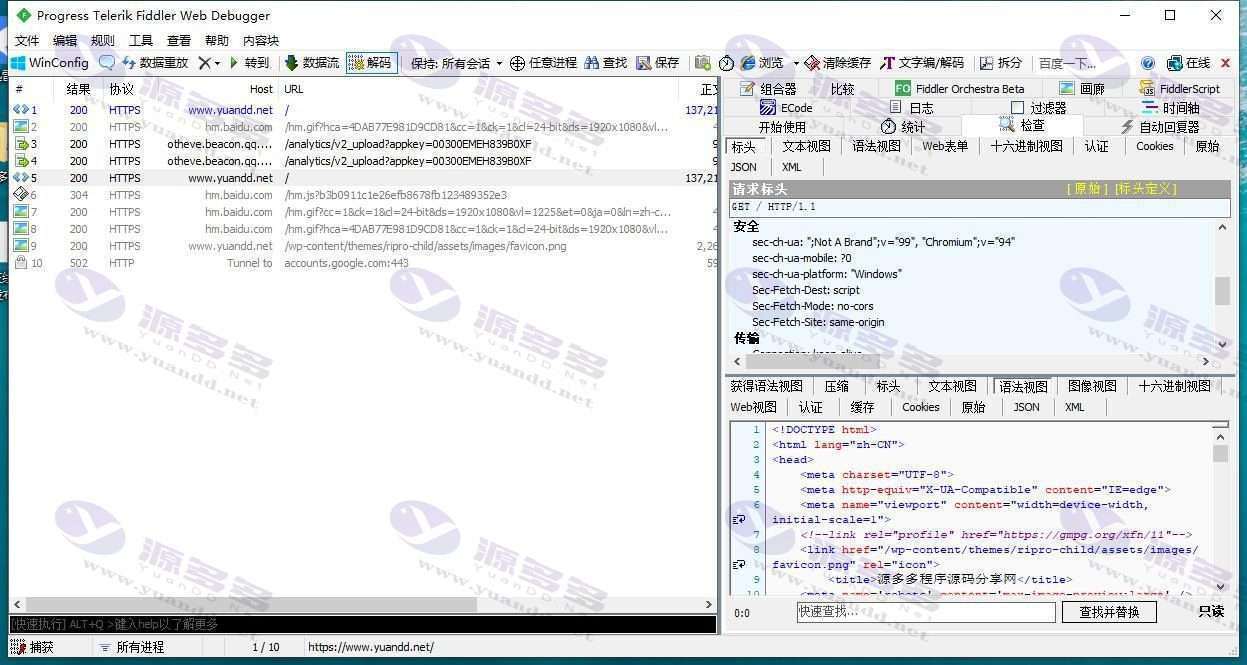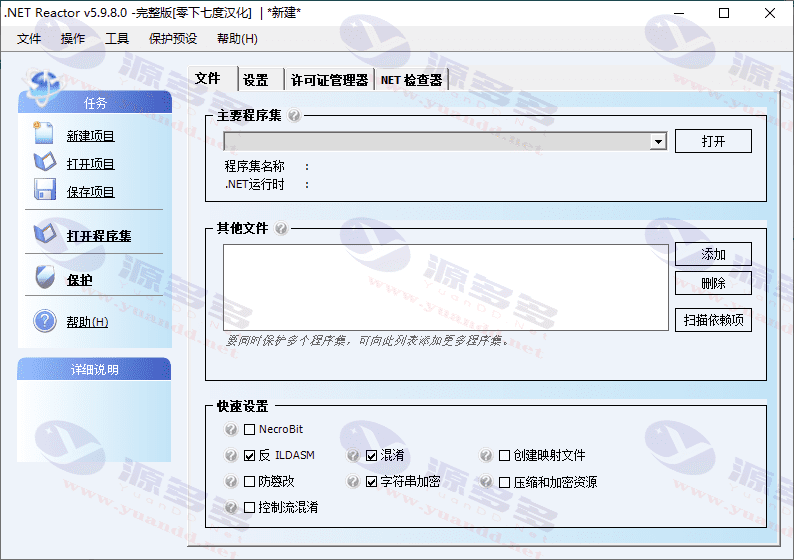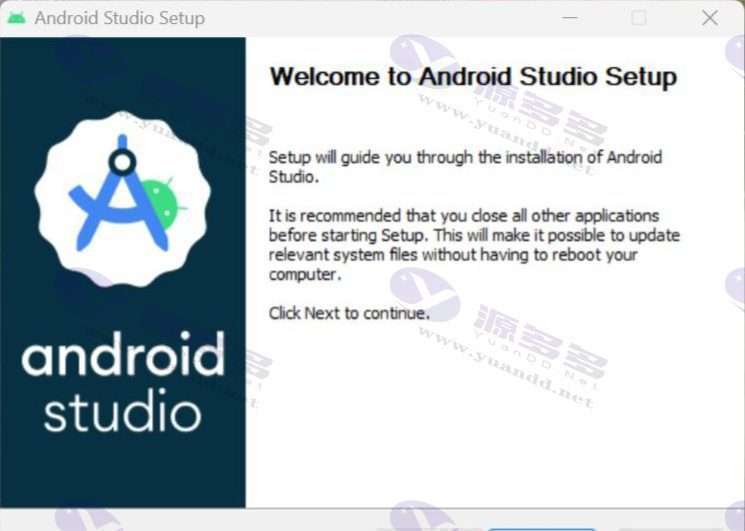Resource Profile:
Flutter 2.2 Update details:

Flutter version 2.2 has been officially released! To get the new version, all you need to do is switch to the stable channel and update your current installation of Flutter, or go to flutter.co.uk/docs/get-started and install it from scratch.
Although only a few months removed from version 2.0, version 2.2 is packed with improvements. In total, this release incorporates 2,456 PRs and resolves 3,105 issues in the framework, engine, and plugin libraries. We'd like to thank the entire Flutter community for contributing a large number of PRs and PR reviews to this release, including Abhishek01039, who contributed the most PRs (17), and xu-baolin, who contributed the most PR reviews (9.) We'd like to thank all of the developers for their contributions to the smooth release of the stable version of Flutter 2.2. We couldn't have done it without your support.
Each new stable release of Flutter will bring a number of changes such as performance improvements, new features, bug fixes, and experimental features that have not yet been tried out in production, and we hope you'll help us verify that they work and meet your needs. In addition, the new release will include a number of tooling updates and updates from the Flutter community. Frankly, there's too much to cover in a single post with each new release of Flutter these days, so we'll highlight some of the major highlights for you below.
Flutter 2.2 stable update:
This release builds on Flutter 2 with a number of improvements, including updates for Android, iOS, and web platforms, as well as new Material icons, improvements to text handling, changes to scrollbar behavior, mouse cursor support for the TextSpan widget, and a new guide to adapting one piece of code to multiple platforms. All of these features have been released in a stable version for you to use in the full app. In the meantime, all of these features have been built on top of the new version of Dart.
Dart 2.13
Along with Flutter version 2.2 comes Dart version 2.13. This version of Dart includes a number of new features, one of which is the new type aliasing, which lets you create aliases for types, just like you can create aliases for functions.
// Type alias for functions (existing)
typedef ValueChanged = void Function(T value);
// Type alias for classes (new!)
typedef StringList = List; // Type alias for classes (new!).
// Rename classes in a non-breaking way (new!)
@Deprecated("Use NewClassName instead")
typedef OldClassName = NewClassName; // Rename classes in a non-breaking way (new!) @Deprecated("Use NewClassName instead");
With type aliases, you can give long, complex types short, easy-to-understand names and rename your classes in a way that doesn't break code.Dart 2.13 also includes several other updates, which you can read about in our previous tweet on the Dart 2.13 release.
Flutter web updates
The web platform, the newest platform supported in the Flutter stable, has several improvements in this release.
First, we optimized the caching behavior with the new service worker loading mechanism, and fixed the main.dart.js In older versions of the Flutter web, service workers would download app updates in the background. In older versions of the Flutter web, the service worker would download updates in the background, and users could continue to use the old version of the app in the meantime. After the update was downloaded, users had to refresh the browser page several times to see the update. In Flutter 2.2, when the new service worker detects an update, users will have to wait for the update to download before they can use the app, but then they won't have to manually refresh the page again to see the update.
To enable this change, you need to regenerate your Flutter app's index.html.. Specifically, save your modifications, deletions index.html file, then run the flutter create . to regenerate the file.
We also made improvements to both web renderers. In the HTML renderer, we added support for the font feature to enable the FontFeature Setting up and rendering text using the canvas API so that text on mouse hover is displayed in the right place. In the HTML and CanvasKit renderers, we've added support for shader masks and computeLineMetrics support to address inconsistencies between Flutter web apps and mobile apps. For example, developers can now implement fade transitions using shader masks via opacity masks, and use the computeLineMetrics.
Accessibility is not only a major focus of the Flutter web, but of Flutter as a whole. By design, this is accomplished by building SemanticsNode tree to implement accessibility features.After a user of a Flutter web app enables accessibility, we generate a tree with the RenderObject DOM tree in parallel with the DOM tree and transformed semantic properties to Aira. In this release, we improved semantic node placement to eliminate inconsistencies between mobile and web apps when using transforms, meaning that when styling widgets with transforms, the focus box appears correctly above the element. To see this in action, you can watch a video by Victor Tsaran, the Material Design Accessibility Project Lead, on how he used VoiceOver for the Flutter Gallery App.
We now also provide a command line flag for performance profile and release modes for developers to access the semantic node debug tree and visualize the semantic nodes that the system has created for their web applications to debug the application's accessibility features.
To enable this feature for your Flutter web application, run the following command.
$ flutter run -d chrome --profile \
--dart-define=FLUTTER_WEB_DEBUG_SHOW_SEMANTICS=true
With this flag activated, you will be able to see your semantic nodes on top of each widget, so you can debug and check if the semantic elements are positioned as expected. If you find this kind of problem, please feel free to submit a bug report to us.
While we've made great strides in supporting core accessibility features, we're still working on improvements in this area. In the master and dev channel builds following the 2.2 stable release, we've added an API for developers to programmatically enable accessibility features automatically for their apps, and we're working on a solution for using the Tab key in screen readers.
Last but not least, the latest version of Flutter DevTools now also supports the use of layout browsers for your Flutter web apps.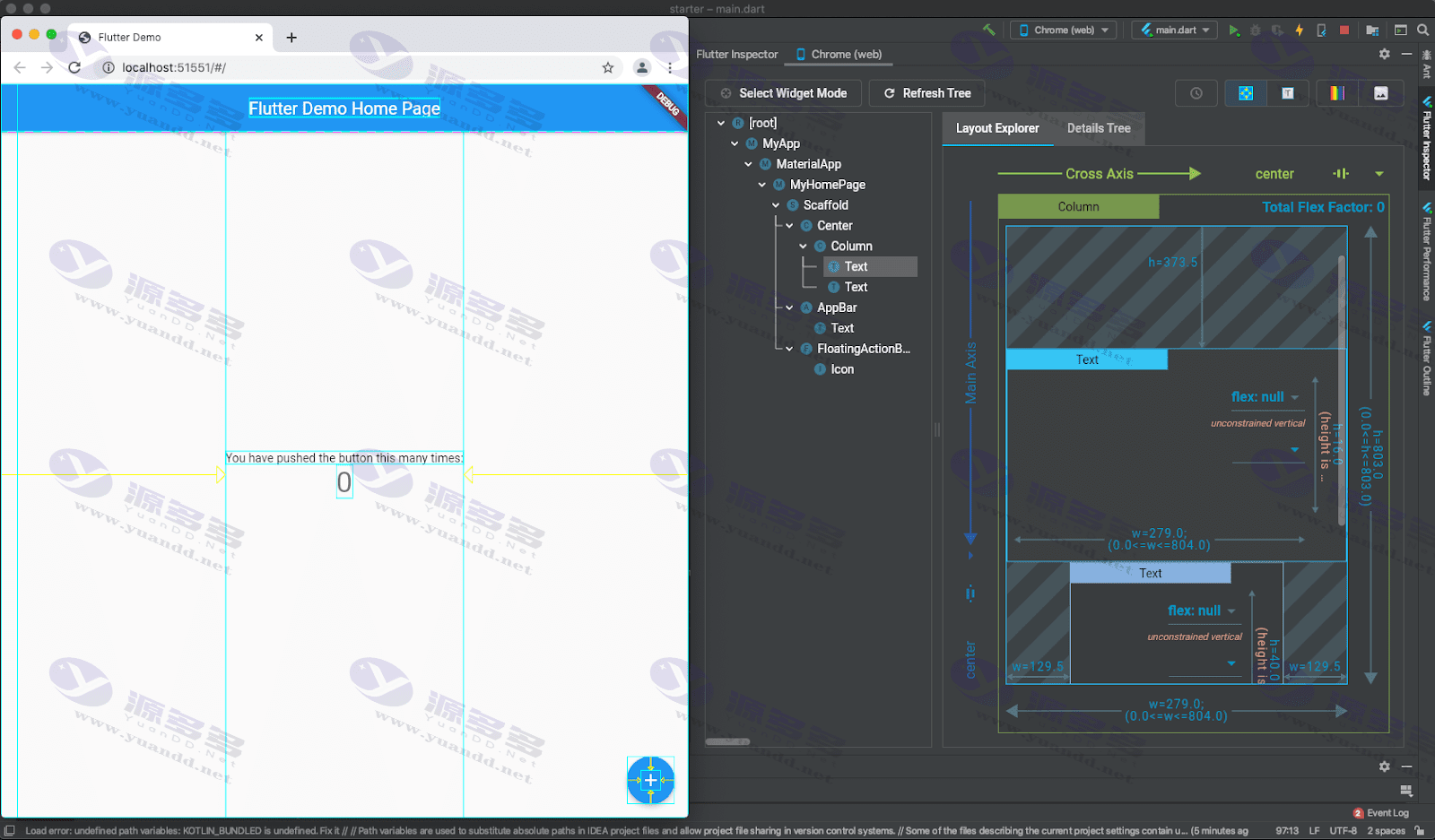
- Can free downloads or VIP member-only resources be commercialized directly?
- The resources on this site are collected and organized through the network, for personal research and study purposes only. The copyright belongs to the legal owner of the software and program code, users should verify the copyright and legality of the resources, prohibited for commercial use, illegal activities or any violation of national laws and regulations.
- Disclaimer of liability for program or code bugs, compatibility issues or functional defects, etc.
- As the resources on this site are collected and organized through the network, not the site's original, it can not fully guarantee its functionality or code compatibility. Users need to verify whether the resources meet the needs of their own, due to the following circumstances lead to losses, this site does not assume any responsibility:
Programs, source code and other computer software resources may contain code vulnerabilities (bugs), compatibility issues or functional defects left by the developer. This site does not provide free repair services for such technical defects, users need to bear the risk of debugging, modification or abandonment of the use.





